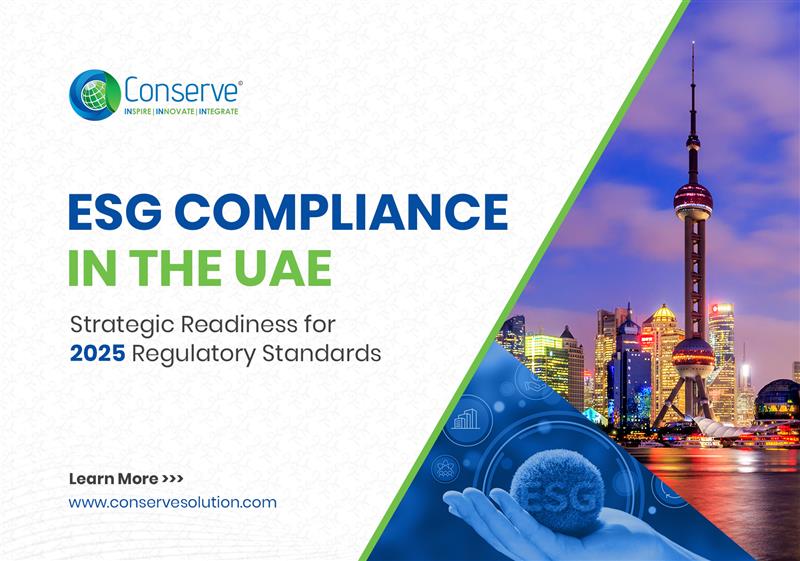The UAE is positioning itself as a regional leader in ESG compliance, with mandatory disclosure requirements now in place for publicly listed companies and large financial entities. This shift aligns corporate transparency with global sustainability frameworks such as GRI, SASB, and TCFD, ensuring that investors, regulators, and stakeholders can track a company’s environmental and social impact alongside financial performance.
1. Overview of UAE ESG Compliance
The Securities & Commodities Authority (SCA) and Abu Dhabi Global Market (ADGM) have both introduced structured ESG reporting obligations. These frameworks require organizations to disclose annual sustainability performance, with a focus on environmental, social, governance, and economic factors.
2. Key ESG Compliance Requirements
2.1 SCA ESG Reporting – Public Joint Stock Companies
- Applies to: PJSCs listed on Dubai Financial Market (DFM) or Abu Dhabi Securities Exchange (ADX).
- Requirements:
- Submit an annual sustainability report within 90 days of financial year-end.
- Align with GRI standards and DFM/ADX guidelines.
- Cover environmental, social, governance, and economic metrics.
2.2 ADGM ESG Disclosure – Large Registered Companies
- Applies to: Large companies registered under ADGM jurisdiction.
- Requirement: Annual ESG disclosure based on international standards, following a “comply or explain” approach.
3. ESG Compliance Stages for Businesses
Stage 1 – ESG Gap Analysis
Benchmark against GRI, SASB, and TCFD standards to identify missing elements.
Stage 2 – Data Integration & Governance Alignment
Establish cross-functional ESG data collection, monitoring, and internal governance structures.
Stage 3 – Reporting & Stakeholder Engagement
Publish ESG reports, integrate dashboards, and communicate progress to stakeholders.
Author


